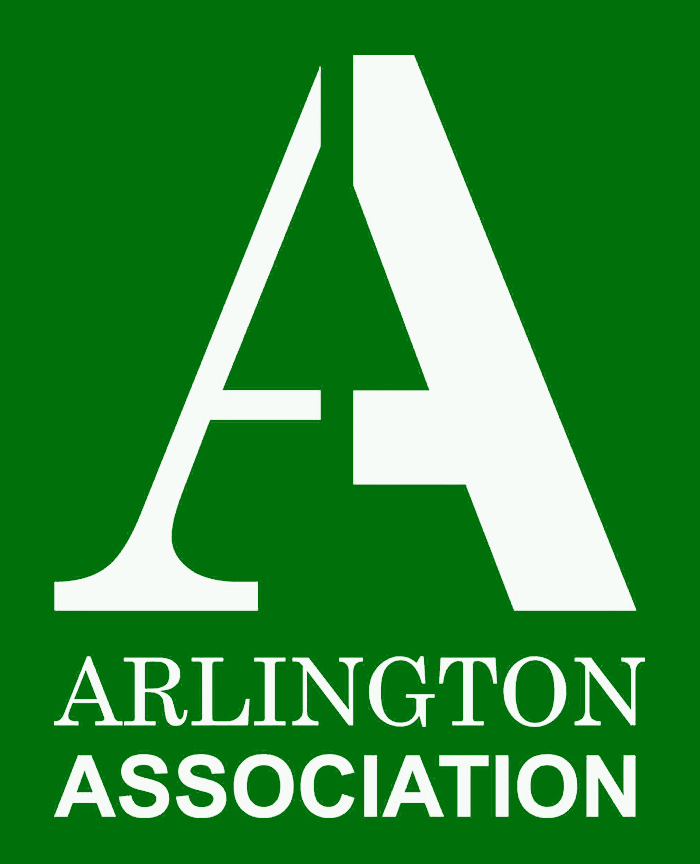A brief history of our houses
Some of our older readers may recall that the pub on the corner of Arlington Avenue and Bevan Street was called the Clothworkers’ Arms. And some may also know the reason why: not because cloth was ever worked in these parts, but because much of our area was once owned by The Clothworkers’ Company. Their archivist has helpfully provided a history of the Company’s holdings here, which will appear in due course on our website. Here, to whet your appetite, are some edited highlights:
Around 1540, after the dissolution of the monasteries, The Clothworkers’ Company acquired a 34-acre estate in Islington. Then in 1562 Dame Ann Packington bequeathed a further 60 acres to the Company, which became known as the Packington Estate (sound familiar?).
Although the Clothworkers owned the land, both the estates were “copyhold” (we don’t know: ask a property lawyer), and the Lord of the Manor was actually the Dean and Chapter of St Paul’s Cathedral – hence the names of St Paul Street, Canon Street, Prebend Street, etc.
For nearly 400 years the estates were let out to farmers. But the building of the New North Road in 1812 and the opening of the Regent’s Canal in 1820 made the land more valuable. In 1845–6 the estates were enfranchised (see lawyer, as above), which meant the land could be leased to developers for residential building.
Property boom
The most notable of these was Henry Rydon, who subleased land to various builders including W. T. Catling (he built half the west side of Arlington Square), John Hill (most of the east side), Edward Rowland, Thomas Evans, and Job Palmer. In all, they built 335 houses on the estates between 1847 and 1858. The church of St Philip the Evangelist was built on Arlington Square in 1855.
The map reproduced here, by kind permission of The Clothworkers’ Company, shows the layout of the Packington and Islington Estates in 1870. By now Arlington Square had acquired curving paths, lawns and peripheral planting.
Rydon and Co had been granted 80-year leases, and when these expired in 1927 The Clothworkers’ Company took over the maintenance of what became their Corporate Estate. By now, it consisted of 1,052 properties, including houses, factories, shops, pubs and a cinema.
In 1945 the company sold the whole estate, which had suffered bomb damage in World War Two, to the London and Manchester Assurance Co, whose name appears on the birdbaths in Arlington and Union Squares.
There’s much more that can be told, but we’ve run out of space here. You’ll have to wait until the complete history appears on www.arlingtonassociation.org.uk. Meanwhile, our thanks again to The Clothworkers’ Company, who welcome serious researchers. For further information, or to make an appointment to consult their archive, please contact archivist@clothworkers.co.uk.

